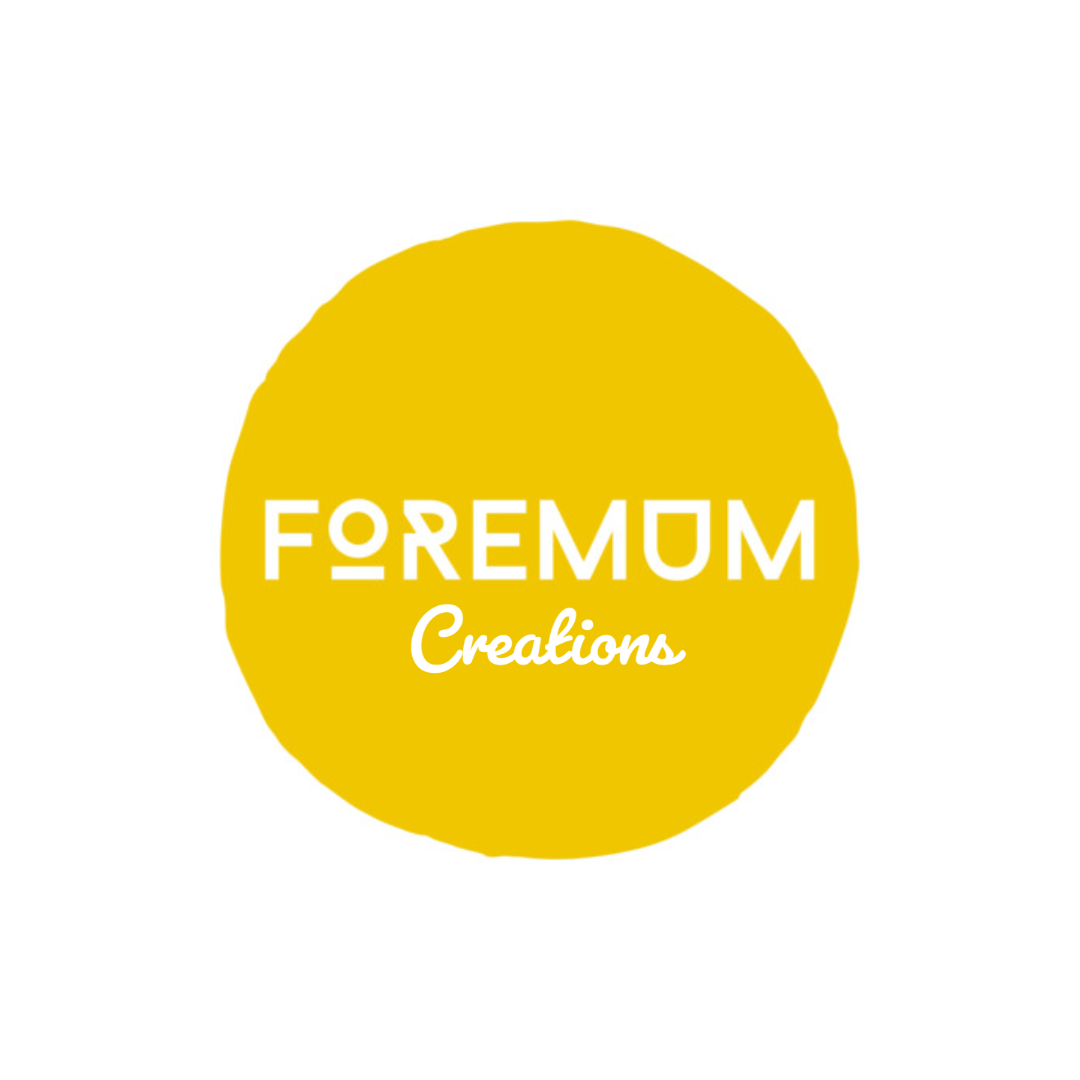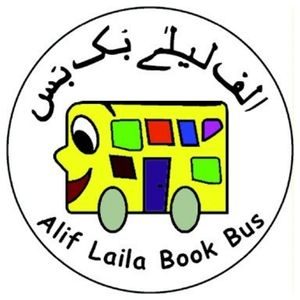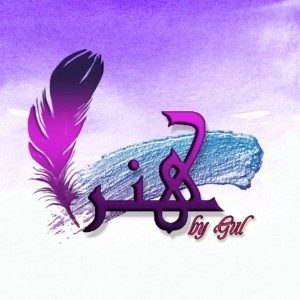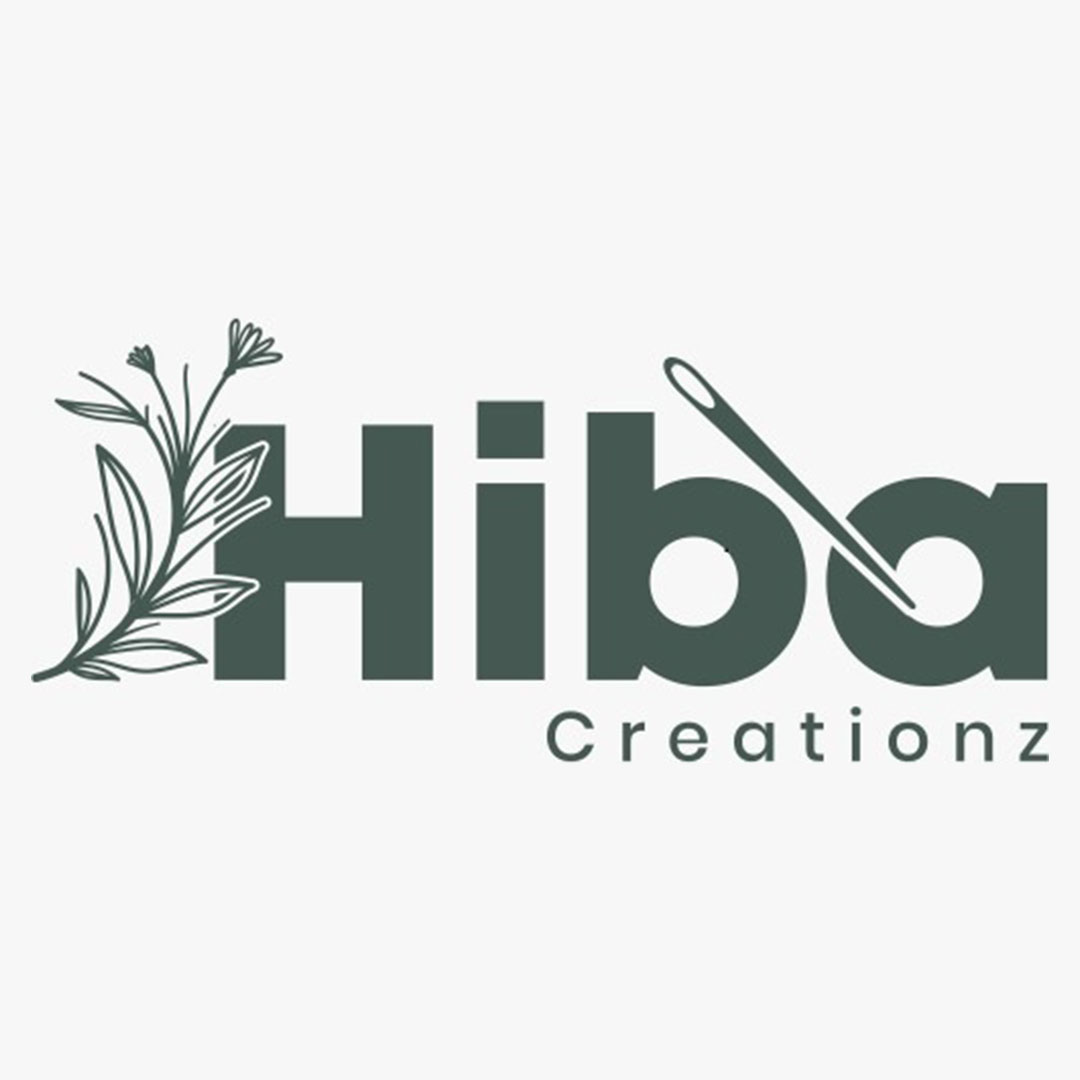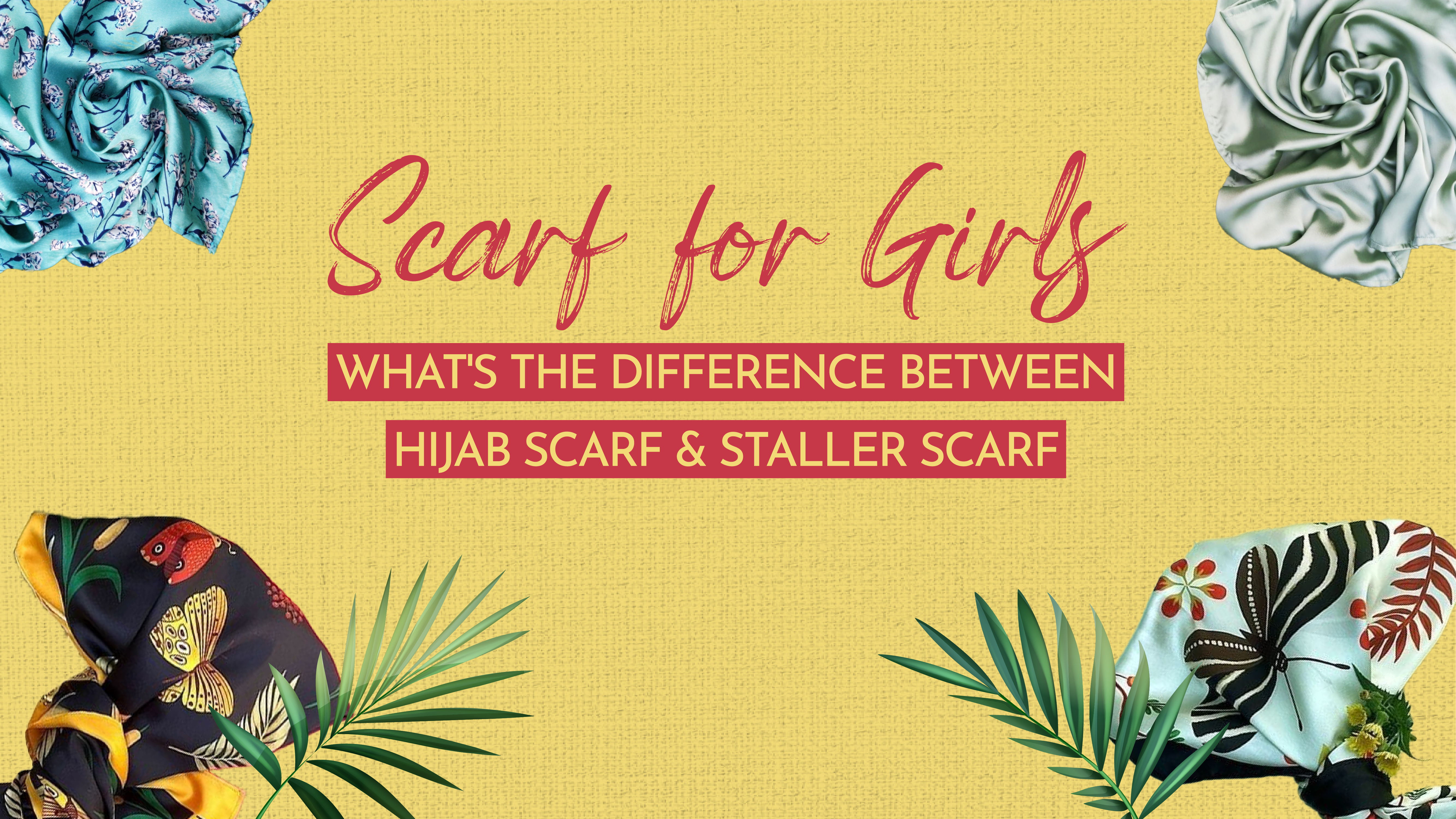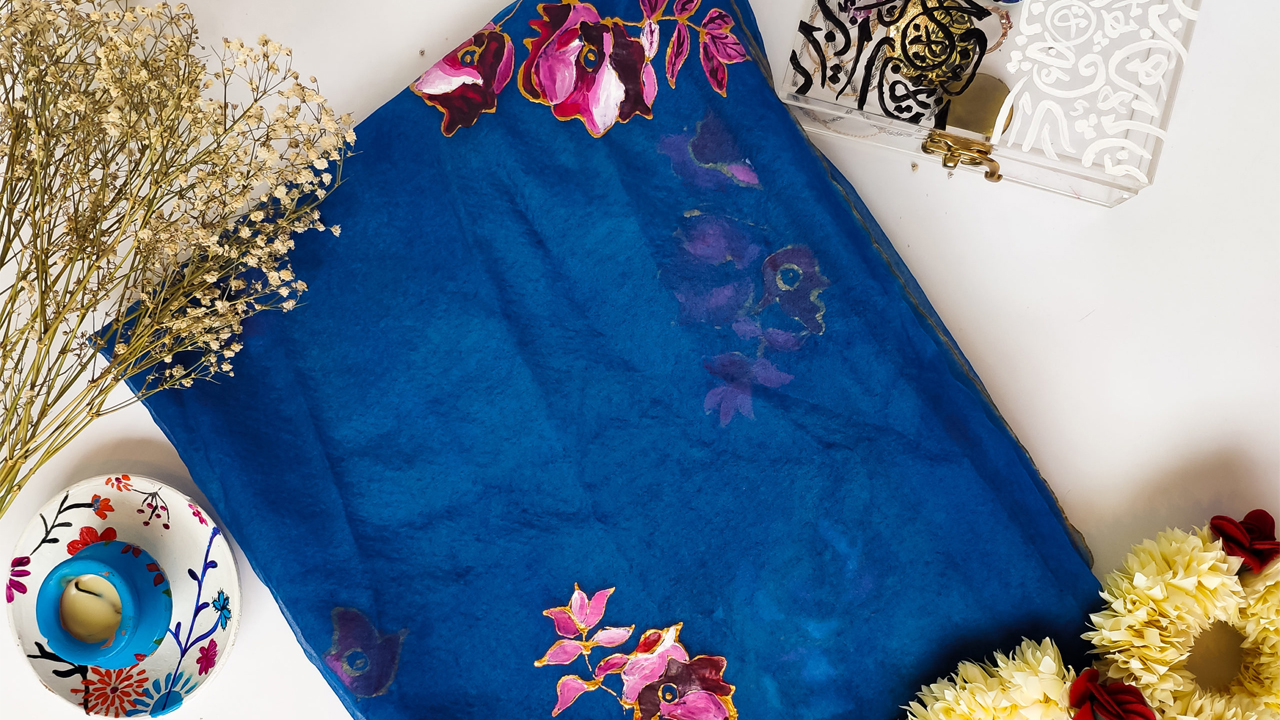Why do Muslim Women Cover Their Heads?
Allah Almighty instructs the women to hide in large fabrics whenever they leave their homes in the Holy Scripture (Quran). Many people testify from the Quran and Hadith (the words and actions of Prophet Muhammad SAW) that women should cover their bodies before leaving their homes. During the life of Prophet Muhammad (SAW), Muslim women started wearing hijabs and veils to abide by the Islamic teachings.
The French and British encouraged Muslim women to follow the modern approach of Western women during the Colonial period. Many Muslim women came under the influence while others kept covering their heads even after the pressure of European countries.
What is a Scarf?
A scarf is any cloth that hides the hair and neck of a woman. A scarf is a common term used in Pakistan to describe a headcover. Scarves of girls are available in a variety of fabrics, colors, and designs.
Difference between Hijab Scarf and Staller Scarf
| HIJAB SCARF | STALLER SCARF |
| Hijab is a head covering that is available ready-made in the market. | Staller is a plain rectangular piece of cloth with well-defined edges. |
| Hijab is a type of head covering in which women gather layers of fabric on top of each other to hide the head, ears, neck, and some part of the forehead. | A staller scarf is a simple and one-layer ladies head covering in which one flap of fabric hangs at the front of the body and the other on the back from the neck. |
| Hijab is more popular and trending than the staller scarf for everyday use. | The staller scarf is worn by girls occasionally. |
| Countless styles | Limited styles |
| Hijab looks more defined and has options for additional styling. | Staller scarf is plain and easy to carry. |
| It takes more time to put a hijab on the head. | It takes less time to set a staller scarf on the head. |
| Formal wear | Casual wear |
Buy Scarf for Girls from PakistanCreates
Online shopping for scarves is convenient and trustworthy in Pakistan. It saves the effort to visit the market physically to buy the best women’s scarves. Many brands are selling quality scarves in different colors and designs. Many tutorials are available online for styling inspirations to wear these scarfs.
PakistanCreates is the best platform to buy ladies’ scarves online in Pakistan. Scarves are available in a variety of colors and prints. All these scarves are made locally by the talented vendors of Pakistan. If you explore PakistanCreates, you can find a variety of silk scarves, muffler scarves, and others.
How to Wear a Scarf?
Whether it is a hijab or scarf, follow these steps to wear them on head.
- Hold the fabric and set it on head.
- Fold according to the desired style.
- Fix it in place with a scarf or hijab pin.
Muslim Headcovers and Veils: A Complete Guide
Muslim women know much about different kinds of headcovers. These headcovers differ from culture to culture according to the coverage they provide, colors, fabrics, and way of pinning. Read on to know veil history, kinds, and trends.
Islam instructs women to be modest in their fashion and to wear loose clothes. In most Islamic countries, the hijab and veil fashion differ, however, the ultimate purpose is covering the body. Most popular styles in this category include layering, loose silhouettes, high necks, and other outfits that help in hiding the body shape.
Types of Hijabs, Veils, and Body Covers
We have discussed a lot about the background of body covering in Islam. Now let us look into the different types of body covers.
Hijab
Hijab is a general term to describe all the Islamic head coverings in the West, but mainly it is a headscarf. It is a common word for representing Muslim women in media and the world. There is no uniform style of this headcover in the Muslim world. Hijabs have many patterns, prints, designs, fabrics, and colors. You can easily shop hijab scarves online without visiting any store physically.
Scarf
A scarf is a general term for all those fabrics that cover the head. The scarf is a rectangular cloth for girls in Pakistan with various designs, styles, and materials. Most girls love to carry chiffon scarves due to the grace of the fabric. Younger girls prefer hijab more than scarves because there are numerous styling options and it looks more fashionable.
Black Scarf
Dupatta
A dupatta is a part of everyday wear in Pakistan, India, and Bangladesh to carry with routine dresses. Girls keep them on the shoulder, head, neck, or across the chest. It is a long rectangular piece of cloth made of light material. Dupatta is printed or embroidered beautifully to match formal attire. They are made in light to heavily detailed fabrics for different occasions.
Haroof – Pink Organza Dupatta
Chador
A chador is a semicircle fabric worn on the head like a shawl. Women also carry chadors on their shoulders. Sometimes, they wear smaller headcovers beneath these chadors for extra coverage and protection. In Pakistan, it is common for women to wear chadors when they visit a market or any other public place.
Burka
Burqa is one of the most conservative coverings. It covers the entire body and the face with a crocheted mesh grill over the eyes. Women in Afghanistan have to wear this burqa when they leave their homes. This body cover is a traditional dress code in Central Asia. In Kabul, Afghanistan, burkas are blue. It has different colors like green, white, and brown in other parts of Afghanistan and Pakistan. Burkas are available in various styles and designs.
Niqab
A niqab is a veil worn with a headscarf to cover the face with a slit for the eyes. It is a black cloth with a loose body garment to cover the face of woman. There are generally two main types of niqabs:
- Full niqab covers the face and head, besides a cut-out for the eyes. It is popular in many Gulf states.
- Half niqab leaves the eyes and the forehead unobstructed. It is frequently worn in South Asia and North Africa.
Shayla
Shayla is a long, rectangular scarf worn around the head and tucked or pinned at the shoulders. This scarf is popular in the Persian Gulf, often used interchangeably with the hijab. Shayla implies a garment that leaves the face uncovered.
Battoulah
Batttoulah is the least recognized article, a mask made from thick fabric. It was a face cover of the Arab countries like Bahrain, UAE, Saudi Arabia, Qatar, and Oman in pre-modern times. Bedouins and older married women in the desert regions of the Arab countries wear it to keep the dust away from the nose and mouth. It is a tradition now as it is not quite popular with younger generations.
Eşarp
In Turkey, women wear a unique silk square scarf called an Eşarp with different materials, styles, designs, and colors.
Tudung
A tudung or tudong is a head covering for Muslim women of Southeast Asia. This headcover is popular in Malaysia, Singapore, Brunei, and Indonesia. Hijab and tudung are similar as they cover the hair, ears, and neck leaving the face exposed. It is the standard dress code for schools and offices in these regions. Indonesian tudung is a slightly different veil with a sewn-in curved visor to protect the wearer from harsh sunlight.
Al Amira
Al-Amira is a two-piece veil with a close-fitting cap made from cotton or other lightweight material worn as a tube-like scarf.
Khimar
Khimar is a long cape veil that hangs further than other veils just above the waist. It covers the hair, head, neck, and shoulders leaving the face exposed. Some of the khimars are long enough to reach the knees. It is popular amongst Egyptian women. Historically any piece of clothing that covers the chest and protects from the gaze of strangers is called Khimar.
Boshiya
Boshiya is a conservative-style body covering for the Muslim women. It is similar to a burka but has no opening for the eyes. It covers the face and consists of a square thin cotton gauze material with ties.
Jilbab
Jilbab is a term in the Quran which refers to protective clothing, not any specific garment. In North Africa and Arab, it means a long dress or tunic. In Indonesia, it is a modest dress that covers a woman from head to toe.
Doa Guan
Doa guan is a dress for praying that slips on top of everyday clothing with a gown and headscarf. Most women carry this gaon to facilitate proper praying at all times. This way, women can stop in any nearby mosque to pray by quickly wearing it over clothes.
Final Words
I hope that was enough information about girl’s scarves and other body covers. You can buy staller scarves and others at PakistanCreates to match your dresses. You can also utilize the information above and decide the best body covering style for yourself.




